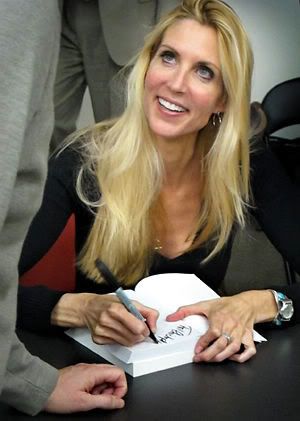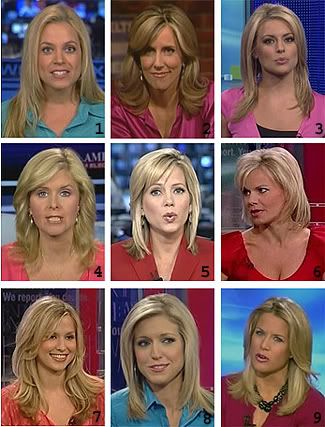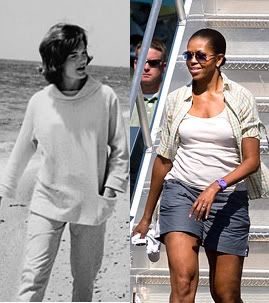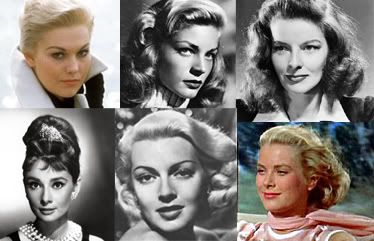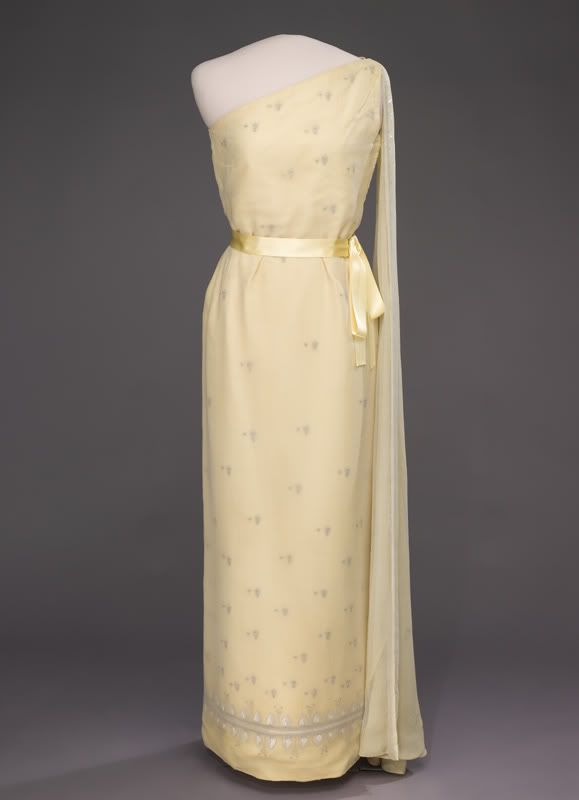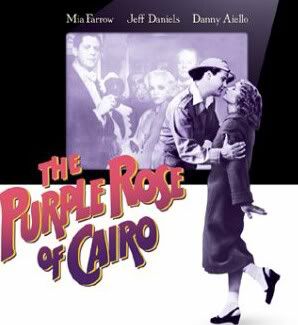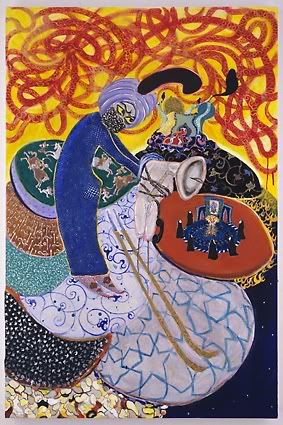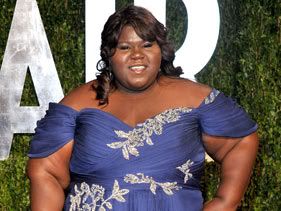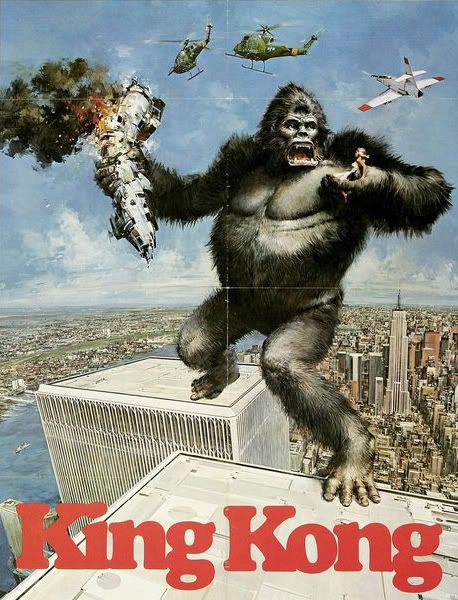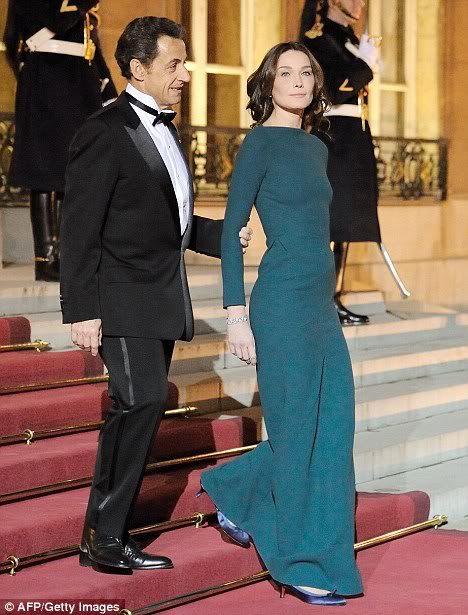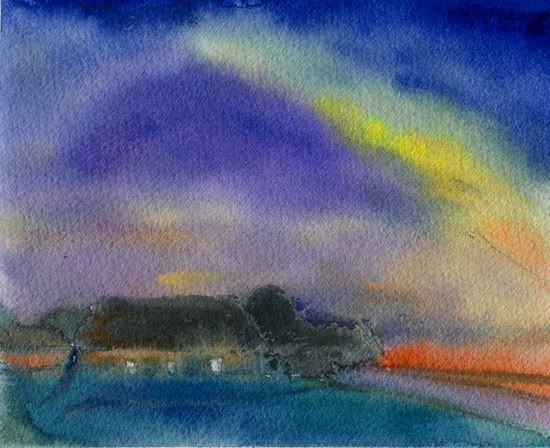Art in America Iranian style"Going Down" by Iranian American
painter Negar AhkamiI have been going through fascinating discoveries over time, where I find non-white artists, often first or second generation immigrants, simply cannot produce artwork that reflects Western culture. Of course, that begs the question why I am not drawn into depictions of my own ethnicity.
I've always said that I am a bit of an anomaly. Growing up, in England and France, my exposure to Ethiopian art was minimal. It was mostly
Coptic crosses, and I think we had a
painting of the Queen of Sheba (whom Ethiopians have adopted - and I think rightly so) visiting King Solomon. But, I could be mistaken about this, and that the paintings were part of my visual vocabulary later on.
But ethnic minorities these days are immersed in their cultures from birth (or arrival). High immigration, coupled with multicultural policy (or acceptance) makes this infinitely possible for them. They don't have to give up a thing, except perhaps their language.
Here is an Iranian-American artist,
Negar Ahkami, who presents herself this way:
I grew up in the New Jersey suburbs of New York City, a daughter of Iranian immigrants. Through my art, I selectively choose the aspects of each culture I want to inherit, on my own terms. The negotiation of cultures in my work reflects the first-generation American experience. The Persian-Islamic art influences I inherit include color, pattern, detail, ceramic textures, stylized representation, and symbolism. But I take permissions from my Western influences to make art that is visceral, emotional, individualized, corporeal, experimental, raw, and free.
Although she talks about negotiating cultural elements from her Persian and American backgrounds, the concrete, tangible elements come from her Persian background. Her Western influence is "to make art that is...free."
What she is really saying is that she is influenced mostly by her Persian background, and her American concepts of artistic expression and freedom will allow her to express that Persian background even better. She, in fact, is not making any kind of American art, but a more profound and
"visceral" Persian art, which America’s freedom of expression allows her to make.
And she admits as much in the second paragraph of her artist's statement:
Unlike the Persian-Islamic art system that shuns authorship and the individual, my art emphasizes my own hand and imagination. My paintings embrace cultural baggage with a flamboyant pride, recalling the flamboyant elements of Iranian culture that counteract its repressive systems. This flamboyance in my work also unites Persian-Islamic with baroque sensibilities worldwide, undermining prevalent notions of an alien, isolated Islamic world.
But, despite their very foreign and exotic look, I wonder if Iranians in her homeland would connect with her works? Perhaps the blue ceramic-like designs, the Arabic scripts, the turbaned figure, women in burqas and carpets evoke Persian symbolisms. But then, she has naked figures and "modern women" scattered within her paintings.
Still, Iran is now a relatively modern society. So, despite some of these non-traditional elements, many in Iran would probably recognize these images, and accept them as an evolution of their own culture, rather than a hybrid with American culture.
I think her Western, American contemporaries will view her art as foreign and exotic.
This is the real face of immigration. Negar Ahkami, despite having been born in the U.S., uses up all her energy to produce artwork that has far more connection with the homeland that she has probably never seen (and if so briefly), than the one she was born into.
ADDENDUM: Negar Ahkami is exhibiting her works at a New York City gallery,
Leila Taghinia-Milani Heller Gallery, which states that it:
shows paintings, works on paper, sculpture, installation and video from international contemporary artists to modern masters, with a specialization in artists from the Middle East.
Ahkami's work is exhibited in a program called Tehran-New York (notice the Tehran first...) where:
[it] will survey work by 40 well-known and emerging contemporary Iranian artists – including artists living in New York and the United States...as well as the work of artists currently living in Tehran, such as Reza Derakshani, Shadi Ghadirian and Farideh Lashai. A significant portion of the work has never been shown in the U.S. A catalogue will accompany the exhibition.
The exhibition is clearly focused on Iranian work, and the venue is simply a circumstance of geography.

